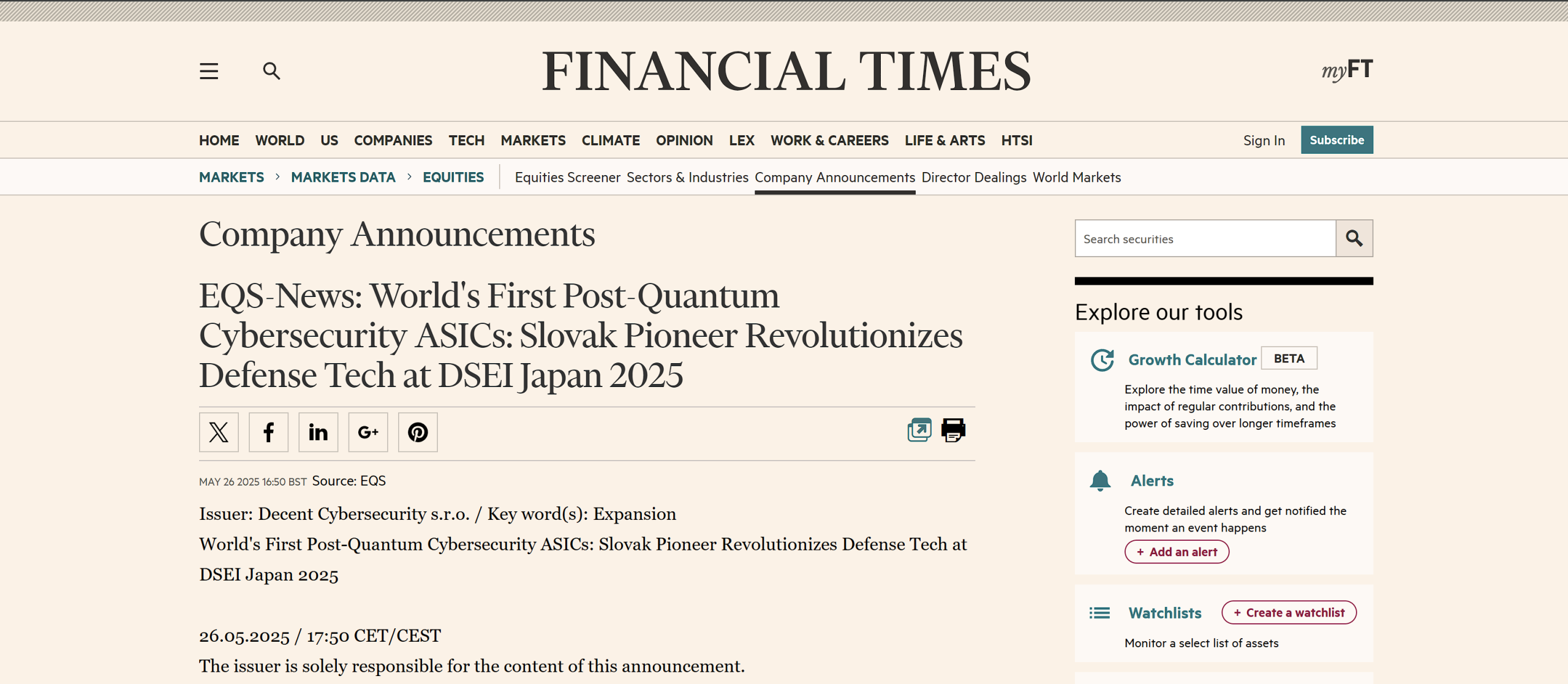On June 6, 2025, U.S. President Donald Trump signed an executive order that rolled back several key cybersecurity initiatives from the previous administration. At the same time, the European Union is accelerating efforts to strengthen digital resilience, prioritize quantum security, and build regulatory consistency across its member states. These diverging paths mark a pivotal moment in international tech leadership.
While the U.S. loosens federal requirements on software security and post-quantum preparedness, Europe is setting new benchmarks. For companies operating globally, these policy gaps could bring complications, but also create opportunities for those aligned with EU standards.
Where Europe Now Leads
At the heart of Europe’s strategy is a unified approach to risk. With frameworks like the NIS2 Directive and the EU Cybersecurity Strategy for the Digital Decade, the continent is focusing on tech sovereignty, data security, and readiness for next-generation threats. The European cybersecurity leadership rise is underpinned by clear legal obligations, timely investments, and robust institutions like ENISA and EU-CyCLONe. These organizations coordinate large-scale response plans and promote cross-border collaboration, including with NATO.
Cyber crises are now seen as not just technical failures, but national security threats. That’s why Europe’s Crisis Management Plan mandates swift communication, public-private cooperation, and civil-military readiness. This isn’t bureaucracy — it’s long-term thinking.
Post-Quantum as a Competitive Edge
In contrast, the U.S. is dialing back AI-focused cyber defense programs and delaying investment in quantum-proof encryption. European companies, meanwhile, are already implementing post-quantum migration strategies. They are investing in real-world rollouts, developing quantum-resilient algorithms, and adapting infrastructure to new standards.
This proactive stance means European enterprises may emerge with stronger capabilities—and a market advantage. Their expertise in navigating complex regulatory environments, from compliance to enforcement, is becoming a unique selling point in a divided global market.
The Global Implications
What happens when global policy diverges? One outcome is that multinational companies will increasingly look to the European Union for guidance. With the U.S. federal government stepping away from prescriptive security measures, Europe’s influence over international cybersecurity norms is growing. Businesses want clarity, consistency, and credibility. Right now, Europe offers all three.
This shift didn’t happen overnight. Since 2017, the EU has steadily built a multi-layered cybersecurity framework. From Poland’s proactive leadership at the TTE Council in March 2025 to the evolving Cyber Solidarity Act, the Union is shaping not just policy, but practice as well.
What Comes Next?
As cybersecurity threats become more sophisticated, leadership requires more than software patches and compliance checklists. It demands vision. The European cybersecurity leadership rise signals that vision in action: coordinated, forward-looking, and backed by a legal framework that rewards innovation without sacrificing responsibility.
In a moment where the U.S. is rethinking its approach, Europe is ready to lead. And that leadership will define the future of digital security—one directive, one investment, one standard at a time.





